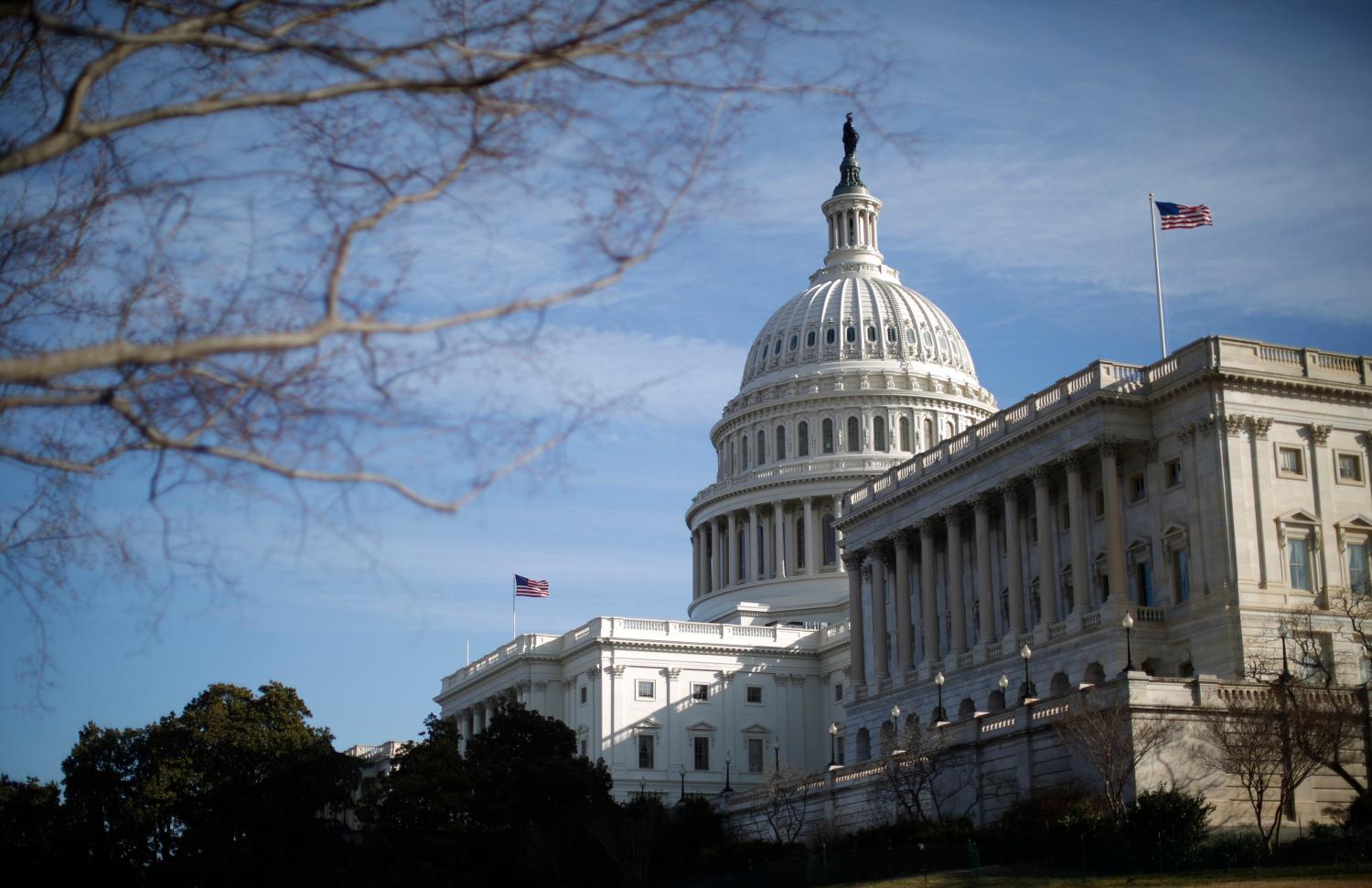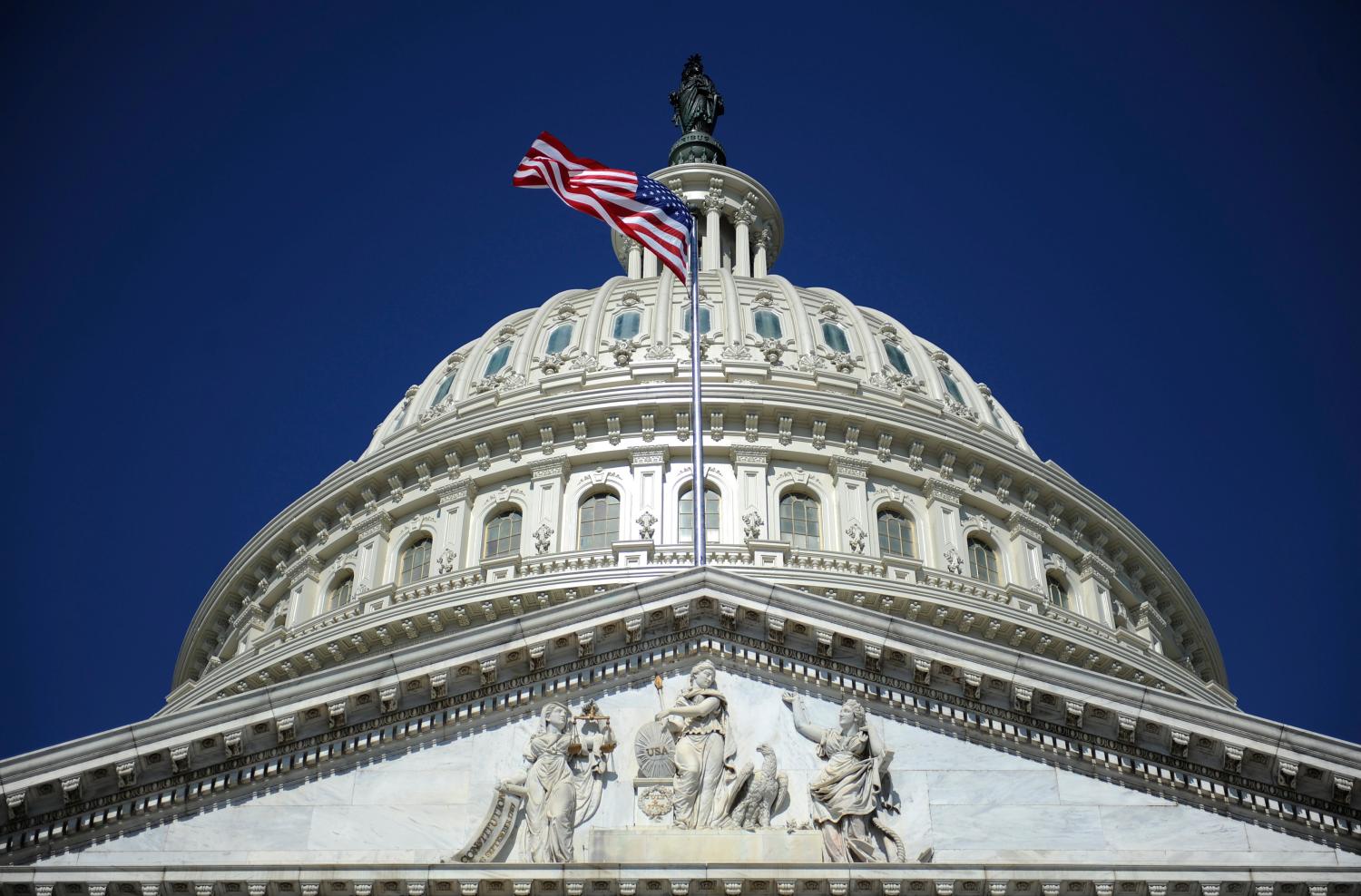From the beginning, federalism has been a defining feature of our constitutional order. As our country has changed, so too has our federal system, with the national government adding responsibilities. Today’s pressures — an aging population, increasing healthcare costs, and challenging fiscal prospects — are straining government capacities at every level, and are putting pressure on a weakened and complex inter-governmental system. These trends call for a systematic review and updating of relations among different levels of government.
Authors William A. Galston and Korin Davis propose four reforms to address the most critical issues:
- Lighten the burden Medicaid imposes on the states by removing most long-term care expenses from Medicaid and replacing them with two new programs: a social insurance program and a catastrophic insurance program. In effect, a standardized long-term care package.
- Reassess the federal government’s role in education and infrastructure. Reauthorize No Child Left Behind but eliminate the more prescriptive elements and mandatory enforcement mechanisms. Also create a clearer division between purely local infrastructure projects and those that are regional or national in scope, with funding going to the latter.
- Create a new federal loan window for states to use during economic downturns. Modeled after Unemployment Insurance, the loan window would allow states to borrow from the federal treasury during tough fiscal times and repay the loans in good times, allowing states to avoid budget cuts or tax increases that would undermine counter-cyclical federal fiscal policy.
- Rebuild the federal government’s institutional capacity by restoring and rebuilding OMB’s intergovernmental relations office and enhancing CBO and GAO’s capacity to assess existing inter-governmental programs.
The Brookings Institution is committed to quality, independence, and impact.
We are supported by a diverse array of funders. In line with our values and policies, each Brookings publication represents the sole views of its author(s).






